While leaving behind one’s life, home, family, friends, and homeland is undoubtedly a challenging decision for most of us, there are times when individuals may face circumstances necessitating departure from their country and homeland. These circumstances might include life-threatening situations, conflict, loss of livelihood, persecution, and other hardships. In such cases, being granted refugee status can provide a pathway to safeguarding personal safety and security. Australia is recognized as a reputable destination for refugees, and many individuals from around the world seek refuge there under specific conditions.
According to the laws, anyone seeking asylum in Australia must undergo a rigorous and lawful process to substantiate their claim before their refugee status is determined. This process begins with lodging a humanitarian visa application with the Australian authorities, known as the Refugee and Humanitarian (Subclass 200) visa, presenting the required documentation, and meeting the specified criteria. Eventually, it leads to obtaining permanent residency in Australia.
It’s essential to note that this migration pathway is suitable only for individuals facing various reasons, including fundamental discrimination, gross human rights violations, or threats to their lives, who are unable to remain in their home country. If you believe your rights have been violated or you’ve faced severe discrimination in any aspect of your life, you may likely find an opportunity to continue your life in Australia by applying for a humanitarian visa. Australia offers several visa subclasses under the humanitarian stream, including:
Documents and Forms for offshore Refugee and Humanitarian Visa
Applicants for a Humanitarian or Refugee visa generally need to demonstrate that they are subjected to persecution or substantial discrimination in their home country, amounting to a gross violation of their human rights. An exception exists for some applications made under the ‘Split Family Provisions’, which is discussed further below.
According to the Department’s policy, persecution includes:
The policy further states that persecution involves repeated or persistent oppression, injury, maltreatment, or harassment. To support an application, the visa applicant should, where possible and relevant, provide:
Substantial discrimination includes:
It’s important to note that the processing time for humanitarian visas typically ranges from 18 to 36 months. However, if the required forms are not properly completed or the documents are incomplete, this process may take longer.
In conclusion, seeking asylum in Australia is a time-consuming and challenging process. It’s crucial to emphasize that asylum should never be exploited as a migration tool unless faced with genuine circumstances such as fundamental discrimination, gross human rights violations, or threats to personal safety.
If you need helps, please feel free to contact us. We will get back to you with 1 business day. Or if in hurry, just call us now.
Call : +61 8 8260 8134
info@enlightlegal.com.au Mon – Fri 09:00-17:00
In the absence of a proposer, visa applicants are required to file Form 842, including all relevant attachments and evidence, at an Australian diplomatic, consular, or migration office situated outside of Australia.
To apply, the applicant needs to fill out Form 842 – Application for an Offshore Humanitarian Visa. Additionally, if applicable, the proposer must complete Form 681 – Refugee and Special Humanitarian Proposal. No fee is required for this application.
It is a temporary visa that allows you to stay in Australia after your current substantive visa ceases and while your new substantive visa application is being processed.
If your application is refused you cannot seek review of the decision at the Administrative Appeals Tribunal. You should obtain legal advice before making a further application for this visa.
You can amend your answer using Form 1023 and send it to the Department of Home Affairs.
To notify the Department of Immigration Australia, you can complete Form 929 and enter the information regarding the family members who have migrated outside of the country.
To include your new child in the humanitarian visa application, you can complete Form 1436 and send it along with the birth certificate to the Department of Immigration.
It is possible that due to a high volume of applications or other circumstances, the Department of Home Affairs may not be able to send the acknowledgment letter to you promptly. Sometimes, this delay can last several months.
Yes, you can submit your application (Form 842 and relevant documents) to a diplomatic, consular, or migration office maintained by or on behalf of the Australian government.
After submitting the application, you need to wait for the outcome, and there is no need to have a lawyer.

